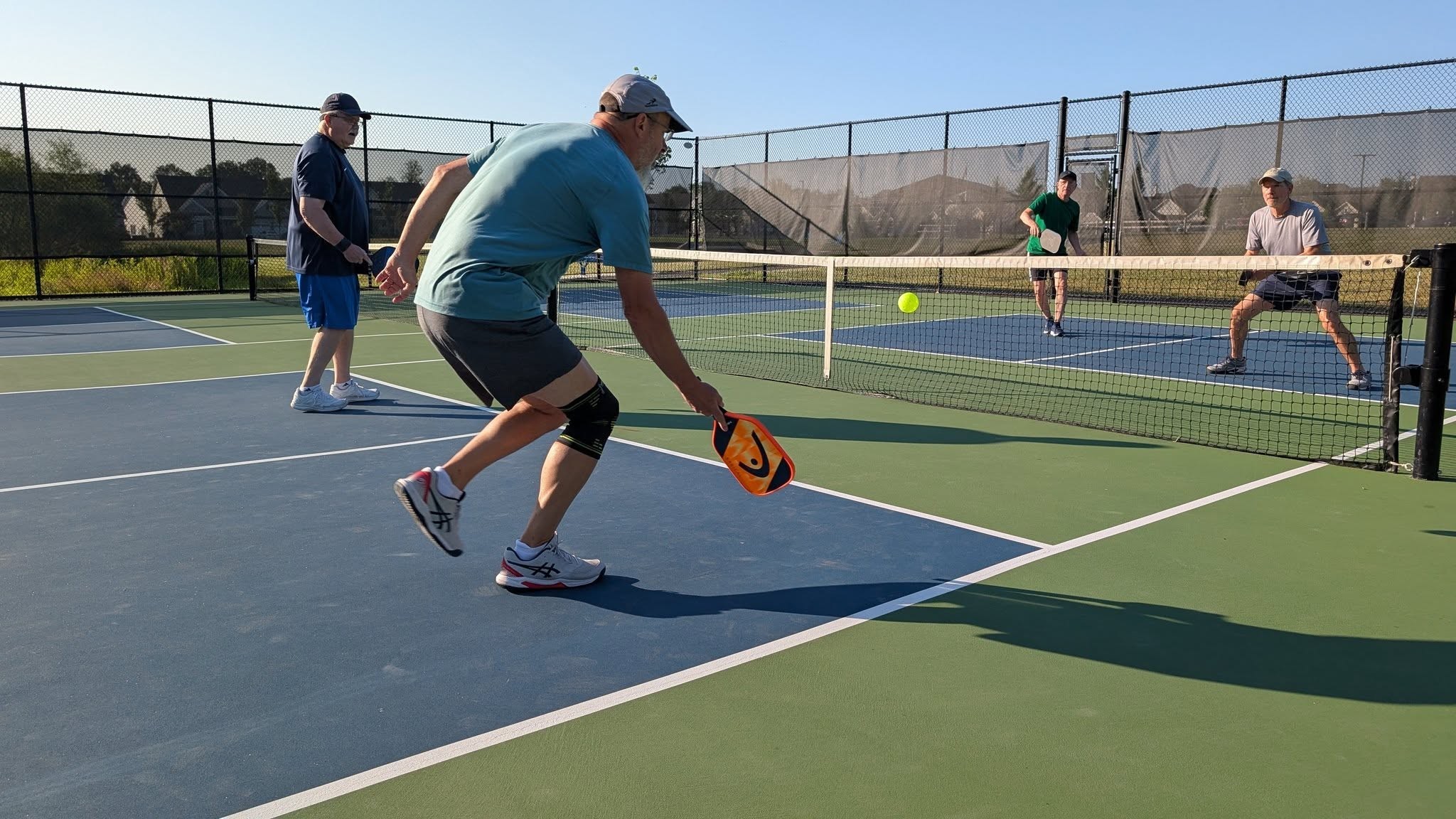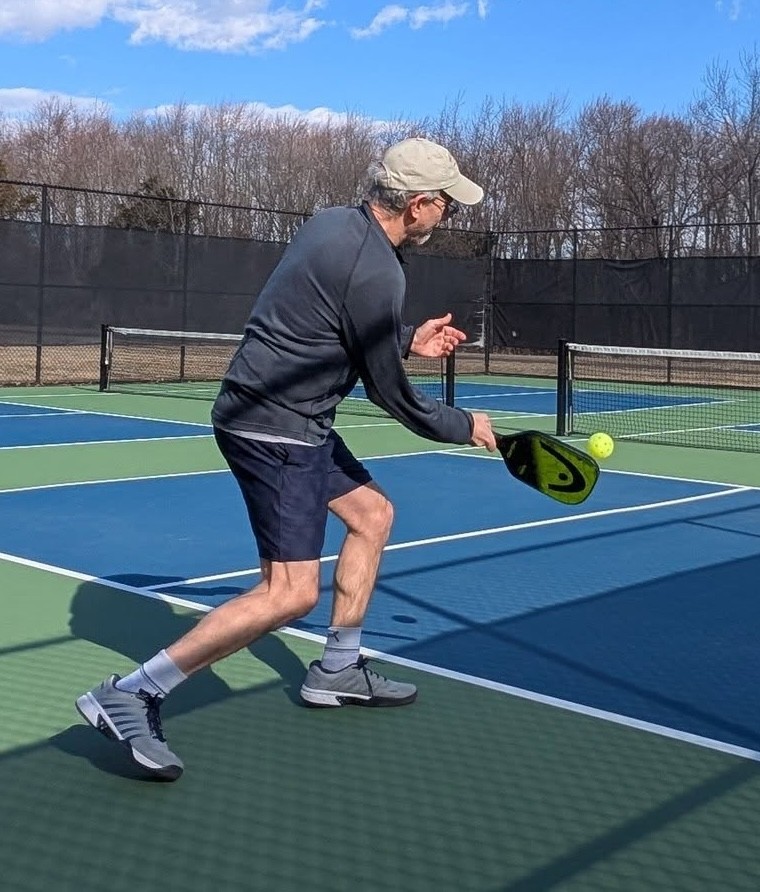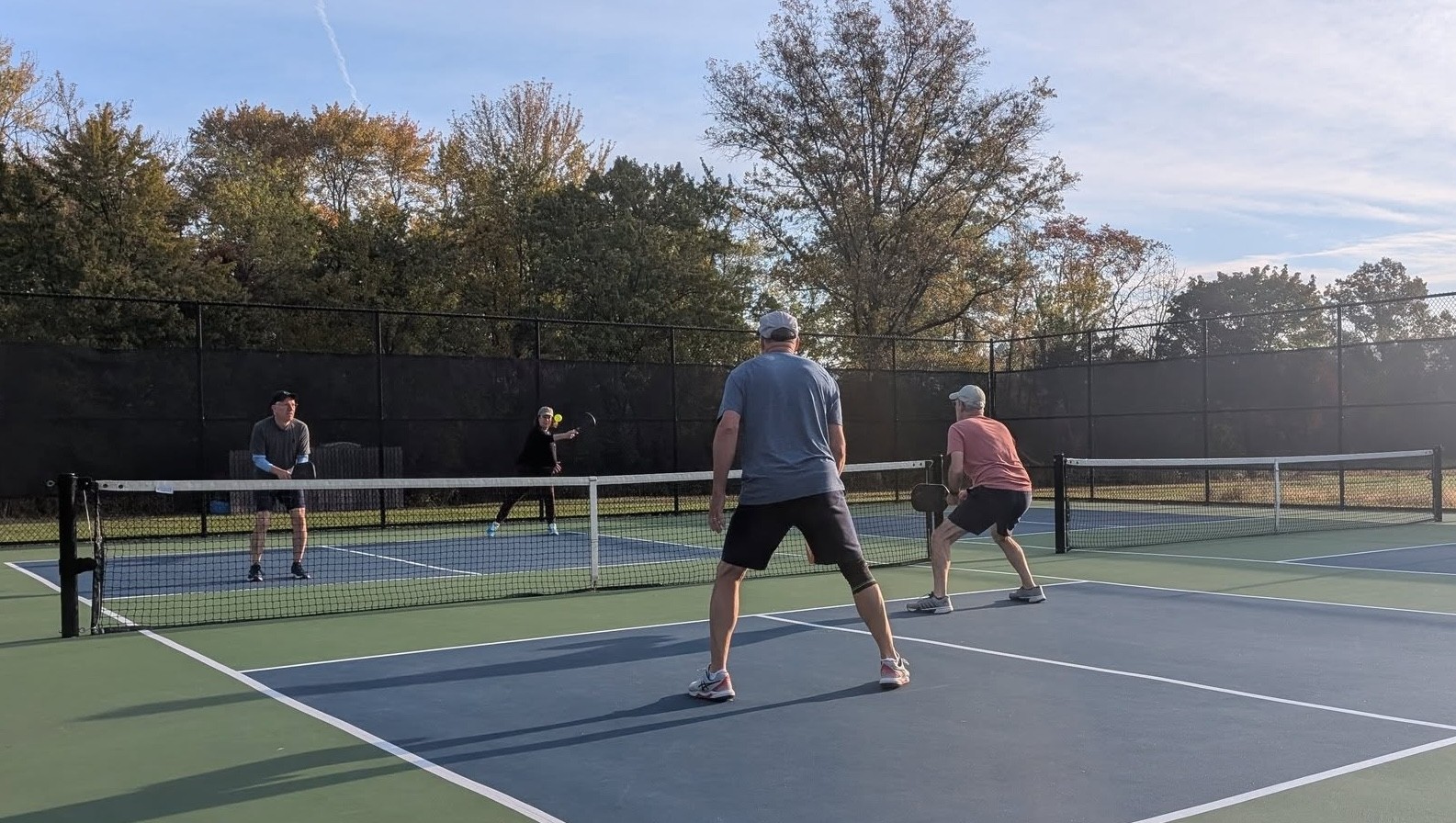Eye Protection Recommendations for Pickleball Athletes
 Pickleball has seen a significant increase in popularity over the past decade. And, with that, the number of eye injuries and injury-related medical costs have risen exponentially.
Pickleball has seen a significant increase in popularity over the past decade. And, with that, the number of eye injuries and injury-related medical costs have risen exponentially.
According to a recent survey made public, emergency department cases of pickleball-related eye trauma were estimated to be 1,262 in 2024. Statistical modeling showed an average increase of 405 cases per year between 2021 and 2024. The study does not include Urgent Care visits, any other outpatient clinical visits, or visits to a primary care physician or optometrist.
The main cause is that a lot of players aren’t wearing any eye protection.
 “One of the strategies of pickleball at times is to hit the ball at the opponent, at their feet. You’re not allowed to hit above the collarbone, but things happen,” said Dr. David McPhillips, FAAO, FVI, a 1985 graduate of the Pennsylvania College of Optometry (PCO). “I’m really surprised that there aren’t more eye injuries just because people don’t wear protection. I try to tell them all the time.”
“One of the strategies of pickleball at times is to hit the ball at the opponent, at their feet. You’re not allowed to hit above the collarbone, but things happen,” said Dr. David McPhillips, FAAO, FVI, a 1985 graduate of the Pennsylvania College of Optometry (PCO). “I’m really surprised that there aren’t more eye injuries just because people don’t wear protection. I try to tell them all the time.”
That’s not only solid advice from a veteran eye care professional, but from a high-level pickleball player himself.
Dr. McPhillips competed in the National Pickleball Championships this past summer where he and his mixed doubles partner finished fifth overall out of thousands of players. He has competed in the U.S. Open Pickleball Tournament in the past finishing as high as fourth and in 2024, won a gold medal in mixed doubles at the Pan American games.
According to the study, the most common eye injury in pickleball was getting hit with the ball, then getting hit with a paddle or falling. Injuries included periocular lacerations, corneal abrasion, iritis, periocular contusions, posterior vitreous detachments, subconjunctival hemorrhage, traumatic mydriasis, retinal detachment, globe trauma, orbital fracture, and hyphema.
 The study revealed that approximately 70 percent of patients were at least 50 years old. Older age groups are more vulnerable to these types of injuries possibly due to changes in muscle mass, bone density or balance.
The study revealed that approximately 70 percent of patients were at least 50 years old. Older age groups are more vulnerable to these types of injuries possibly due to changes in muscle mass, bone density or balance.
“From reading and talking to people about this issue, players assume nothing is going to happen. They think the eye protection will be uncomfortable or affect their peripheral vision and affect their game,” said Dr. McPhillips. “You read about globe injuries, lacerations and retinal detachments, those are all potentially blinding injuries.”
He said players who don’t wear prescription glasses can use polycarbonate, shatterproof sports goggles, and they can also be worn over contact lenses. For those who do wear prescription glasses or contacts, Dr. McPhillips recommends wearing goggles over the top of the glasses.
In addition, he recommends optometrists take detailed personal histories of patients, which includes asking about their activities. If, for example, an optometrist knows the patient plays pickleball, then the optometrist can advise that patient on the risks and impact of eye injuries and recommend sports eye protection. Consult the optical department at The Eye Institute’s (TEI) Oak Lane campus or at the Chestnut Hill Plaza location for what’s best for you.
“It’s one of those things to me that’s common sense. But as a Doctor of Optometry, it’s something we can do to make a difference by preventing and injury before it happens,” said Dr. McPhillips.
The study advocates increasing awareness of injury risk and establishing standardized recommendations or mandates would help reduce injury rates and prevent vision loss.
As a USA Pickleball Association ambassador for the state of Pennsylvania, Dr. McPhillips hopes to continue to educate players of all ages on the importance of high quality eye protection.
“Eye protection is a small investment that can make a huge difference,” he said.
For more information about eye health, contact The Eye Institute of Drexel University to figure out what solutions might work best for you. Call 215.276.6111 or visit TEI to make an appointment.
